For many of us, driving a 4x4 knee-deep in mud across seemingly impossible terrain is a luxury we neither desire nor can afford. But until you’ve tried it, don’t knock off-roading, because it can be deeply liberating if done right. What’s more, the costs to do it needn’t be astronomical either. Just check your local lockdown restrictions before you set off.
There are plenty of off-road schools around the country where you can hire a 4x4 by the hour or by the day. These venues charge as little as £99, and at the end of your stint, you’ll come away stunned by what you’ve learned about adopting the utterly alien techniques you’ll have employed to keep moving. You’ll also understand the depth of ability of the average off-road vehicle, too.
Anticipation is even more important when driving off road than it is on the tarmac. As with all driving but more so here, off-road driving is mostly about good anticipation of the terrain ahead and smooth, controlled inputs with the steering, accelerator and brakes. As a general rule of thumb, you should be in as high a gear as possible without labouring the engine too much under load. Use the torque of the engine to pull you along when things get slippery, not its power, because most engines develop the meat of their torque from as little as 1,800rpm.
Also make sure you use all toys that are available on your particular 4x4. If it has a hill-descent system fitted, don’t be afraid to engage it. Similarly, make full use of the low-ratio gearbox if your off-roader has a switchable setting. And once you’ve chosen this, still make sure you use as few revs as you can get away with, so always select one gear higher than you think.
For serious off-roading, drop the tyre pressures by a few pounds; an over-inflated tyre won’t pick up as much grip as a slightly under-inflated one in thick mud. And if you get stuck, don’t panic. Reduce the tyre pressures, apply the throttle gently, maybe select second gear rather than first, then steer from left to right quickly but smoothly when applying the power.
If you still can’t get moving, try switching between second and reverse gears to ‘rock’ your off-roader gently backwards and forwards. And remember, the way out can often be in reverse, not the way ahead. Anything that can get you moving rather than just stuck there with the wheels spinning is a good thing, even if you have to back up for a bit.
When approaching water, don’t ever take a run-up and just ‘go for it’, however confident you may feel. If you need to get from ‘over here’ to ‘over there’ and there’s water in between, get out on dry land first and assess how deep the water might be. Use any trees, posts, bushes or fences that are around to establish where the maximum water mark is, and work out how deep it might be that day.
- SEE MORE How to wash your car
Then, drive gently forwards and keep your momentum smooth and steady, again in a low gear at low revs. The last thing you want to do is dive in and create a huge bow wave that comes up over the bonnet and floods the engine mid-stream. You’d be amazed at the depth of water the average off-roader can get through – if you do it right. Likewise, you can quickly get into trouble if you get it wrong.
It also goes without saying that if you’re set on doing some serious off-roading, take some essentials with you. This includes food and drink, lots of warm clothes, a full tank of fuel, a source of fire, a decent torch, plus a fully charged phone with a quality navigation app installed. Finally, if your intended journey is across the middle of nowhere, tell someone else what you’re up to and where you’re going before you set off. Just in case…
Steve’s Top Tips
- Lowering tyre pressures can improve grip in mud and reduce the risk of punctures. Remember to set the correct pressures for road use afterwards.
- Gently hold of the wheel with both hands; rough terrain can buck the steering, so you’ll be ready if it snaps back.
- Use low gears and engine braking when descending steep slopes. Using the brakes runs the risk of them locking and the vehicle slipping.
- You need to keep up momentum on sand, so keep revs high and let the car find its way with light steering inputs.
- Get out and check rocky terrain before driving over it. Use a low gear and move at a crawl so the vehicle is stable.
- Fording water should be done slowly – check your car’s manual to find out its maximum wading depth.
- Don’t take your 4x4 to an automatic car wash if it’s covered in mud – the brushes will scratch the dirt into the paint. Use a jet wash instead.
Give us your top tips for off-road driving in the comments section below...
from Sitewide RSS feed https://ift.tt/3yC1yFP
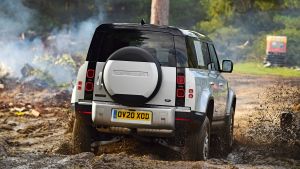


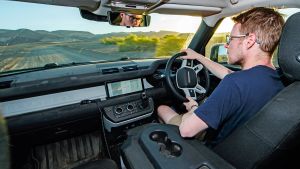


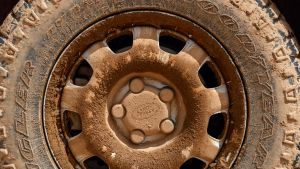

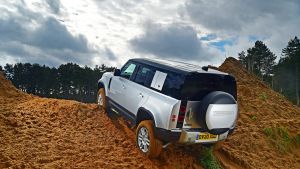

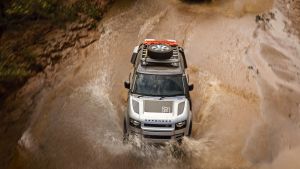

No comments:
Post a Comment